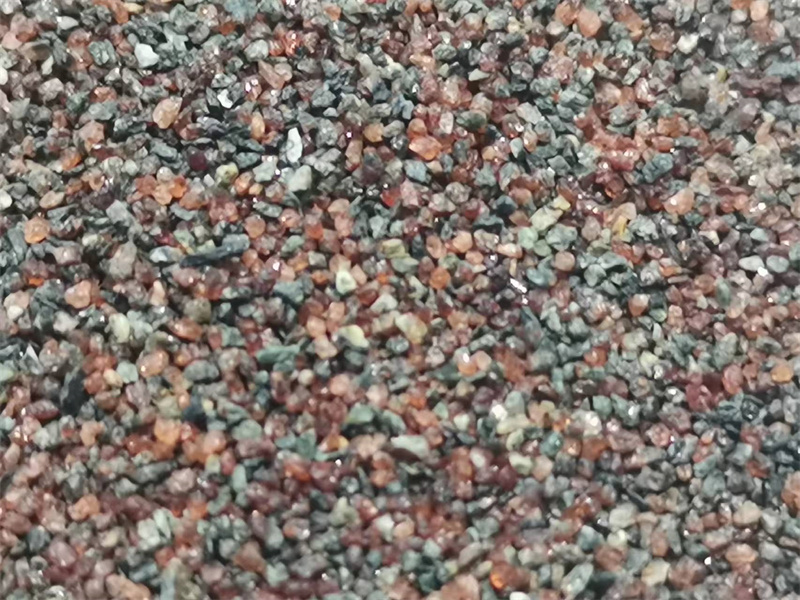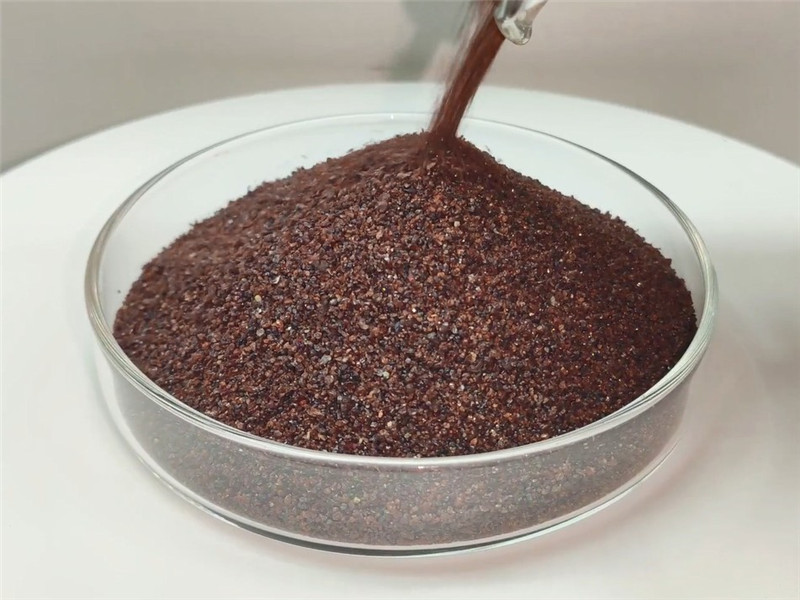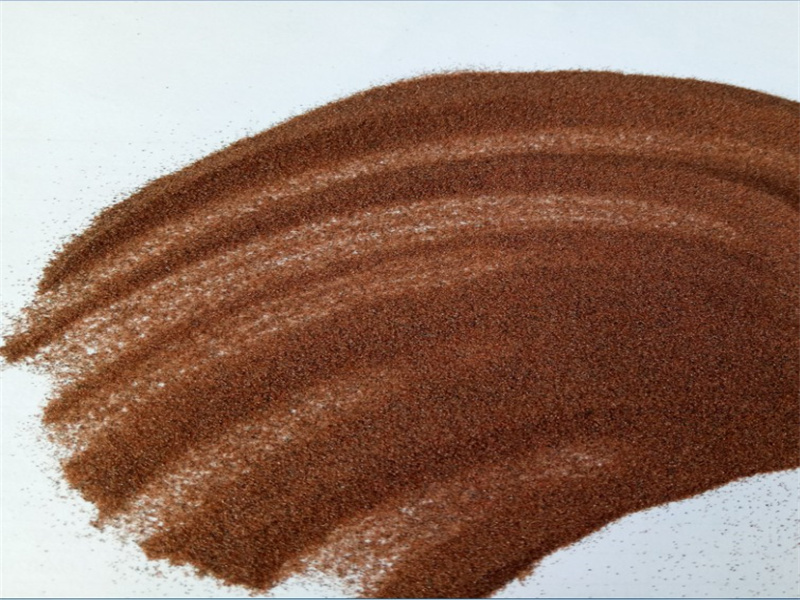What fields are 20-40 mesh, 30-60 mesh, and 80 mesh garnet sand are mainly separately used in?
Garnet 20-40 mesh sandblasting materials are mainly used for surface treatment of the following materials:

Light metal materials (such as aluminum alloys and zinc alloys) – due to the moderate hardness of the particles, it can avoid damaging the softer light metal surface;
Steel materials (such as steel structures and metal workpieces) – suitable for rust removal, cleaning and surface pretreatment;
Other metal materials (such as ships and industrial equipment surfaces) – with high hardness and angular particles, it can improve cleaning efficiency and uniformity.
Garnet 30-60 mesh sandblasting materials are suitable for the following material treatments:

1. Metal materials
Stainless steel
Used for surface rust removal, oxide layer cleaning and matte treatment to improve the adhesion of subsequent coatings.
Aluminum alloy
Remove surface impurities and slight oxidation while retaining the integrity of the substrate.
Carbon steel/cast iron
Remove stubborn rust, welding slag and old coatings, suitable for refurbishment of heavy industrial equipment.
2. Non-metallic materials
Glass
It is used for roughening or pre-carving, but it needs to be matched with higher-grit sand to complete fine processing.
Stone (such as marble, granite)
Clean surface dirt or shallow carving to avoid excessive wear.
Composite materials (such as fiber-reinforced plastic)
Remove burrs and roughen the surface evenly to enhance bonding performance.
Garnet 80-grit abrasive can cut the following materials in high-pressure water jet cutting:
GARNET SAND 80MESH
Metals
Ordinary metals (such as steel and copper)
Special metals such as stainless steel and aluminum alloys
Non-metallic materials
Glass: Efficient and smooth cutting, and the edges are not easy to crack
Ceramic/rock plate: Suitable for high-precision processing
Stone: Including natural stones such as marble
Other materials
Plastic, wood, etc. (parameters need to be adjusted according to specific thickness)

